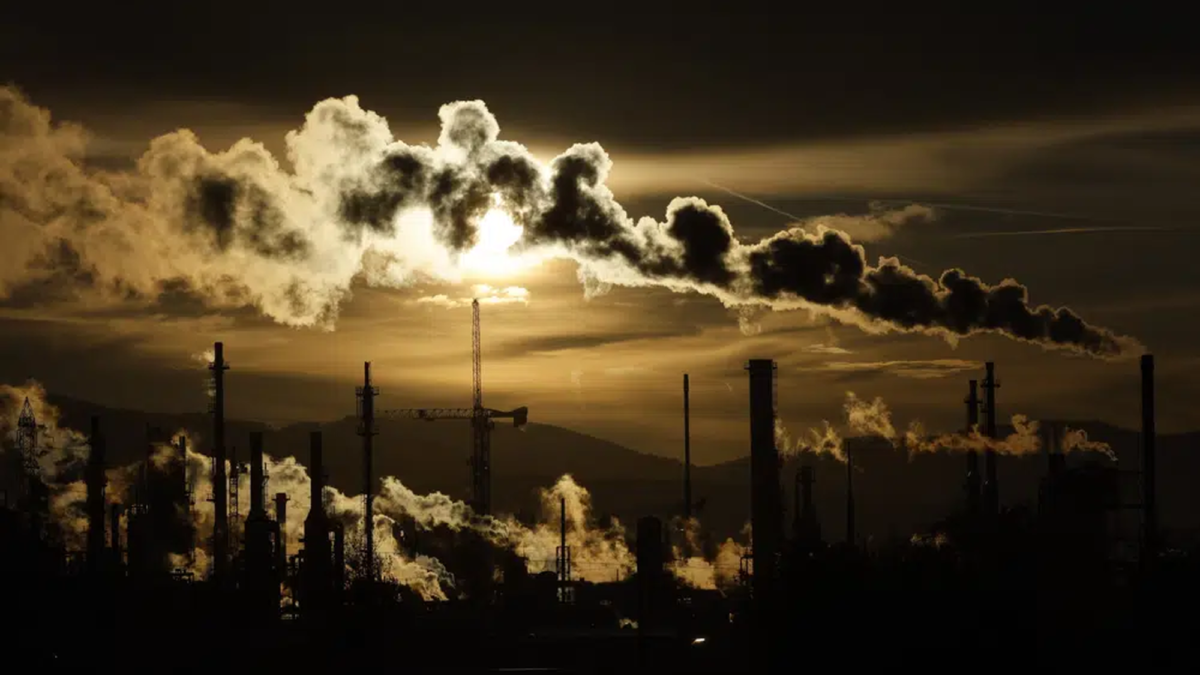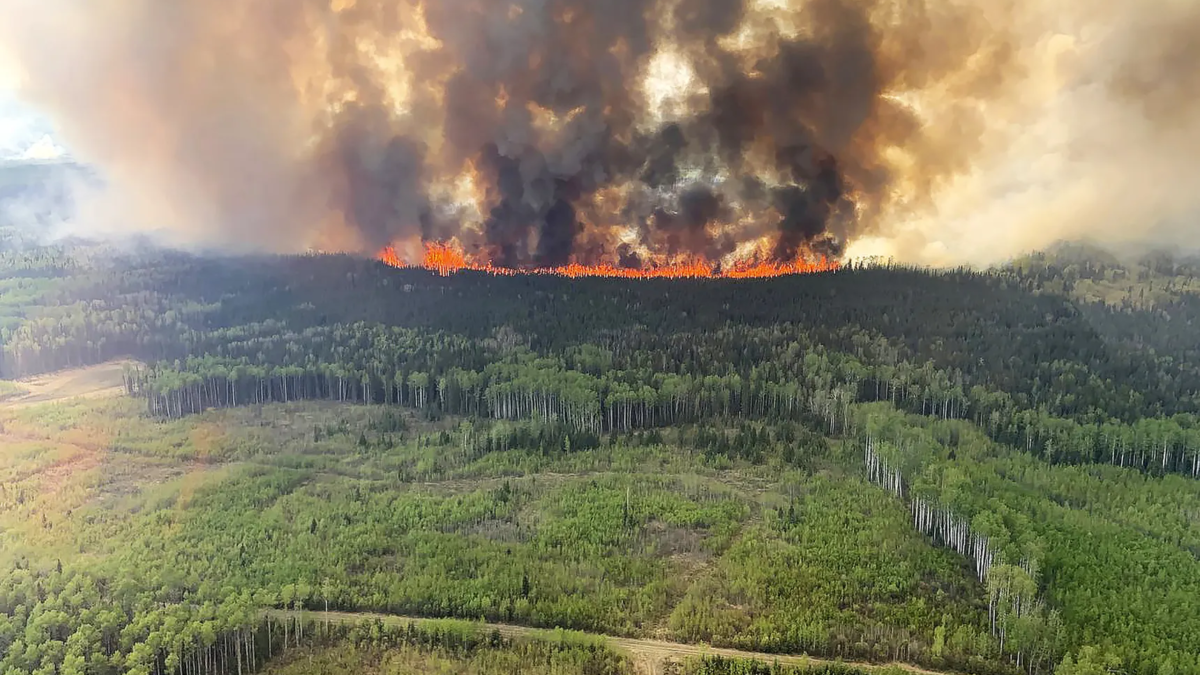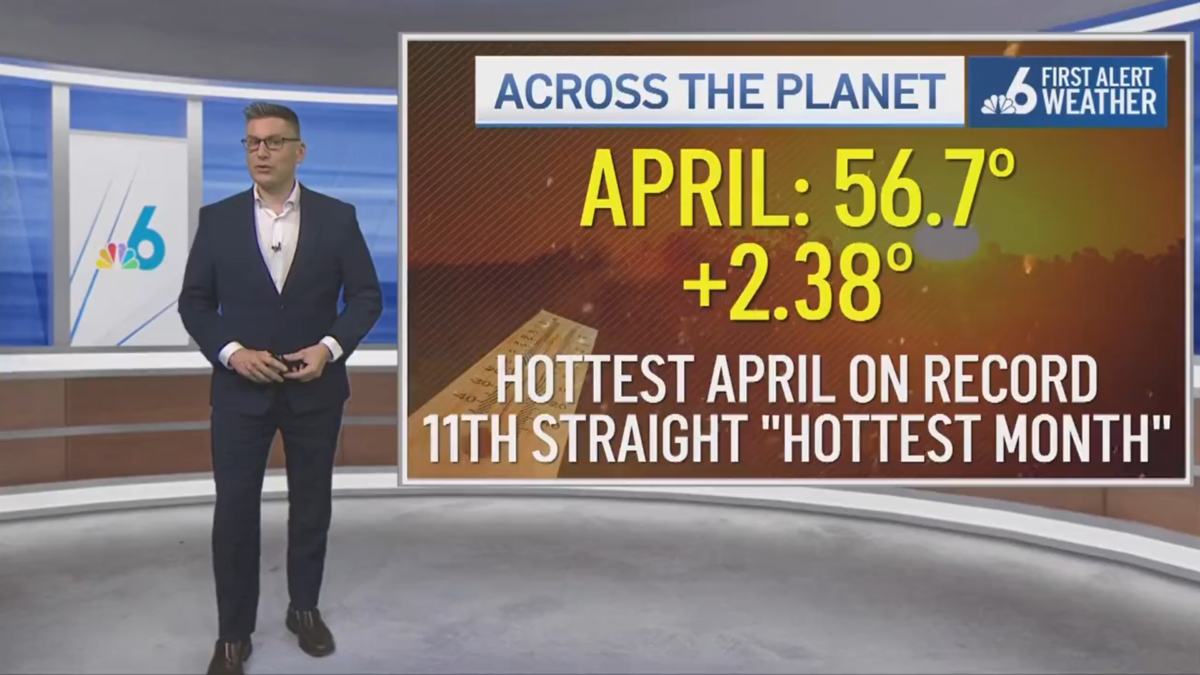Record flooding yields massive fish kill in miles-long stretch of Biscayne Bay – “These events are anything but normal”

By Margaret Wong
23 July 2024
(The Cool Down) – Biscayne Bay is reeling from its fourth major fish kill in as many years, triggered by recent record flooding in South Florida.
What’s happening?
Torrential rains have inundated the region, causing a significant influx of freshwater into the bay, which has led to low salinity and oxygen levels, resulting in the death of approximately 2,000 fish. According to Local10.com, the affected area spans several miles, highlighting the increasing frequency and severity of such environmental disasters globally.
“We need to understand that these events are anything but normal, these rain bomb events are becoming more often more frequent,” said executive director of The CLEO Institute Yoca Arditi-Rocha.
Why is the constant flooding concerning?
This recurring environmental disaster highlights the fragile state of Biscayne Bay and the escalating impact of the changing climate on South Florida’s ecosystems.
The concept of “dry gets drier, wet gets wetter” explains how a warming earth can lead to severe droughts and intense rainfall. As the atmosphere warms, it can hold more water vapor, resulting in heavier downpours and worse floods in already wet areas.
Additionally, the stormwater is contaminated with sewage and chemicals, which drastically reduces oxygen levels in the water. This primarily affects bottom-dwelling fish like toadfish. These intense rain events are becoming more frequent due to a warming climate. As the air warms, it holds more moisture, leading to heavier rainfall. Rising sea levels worsen the situation, causing more flooding in South Florida.


